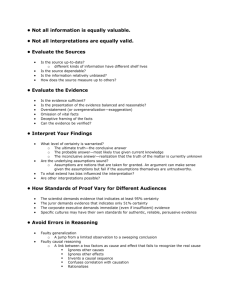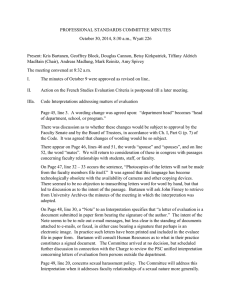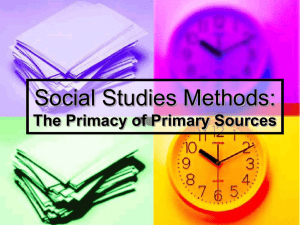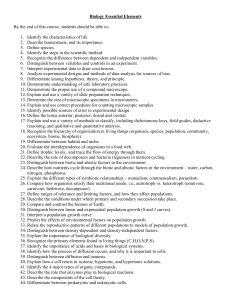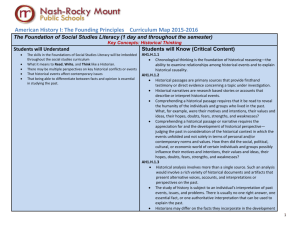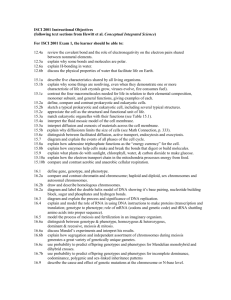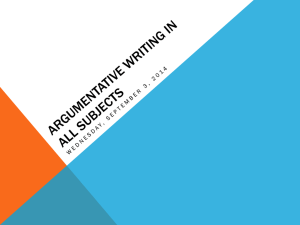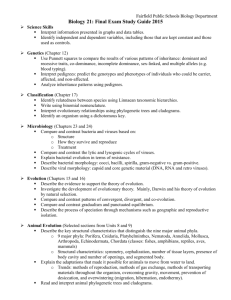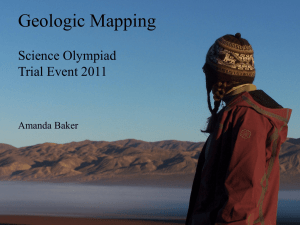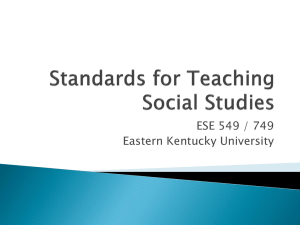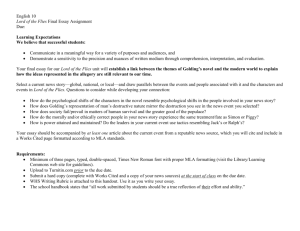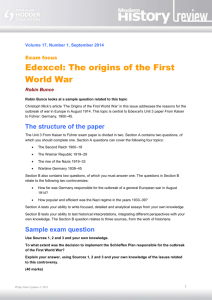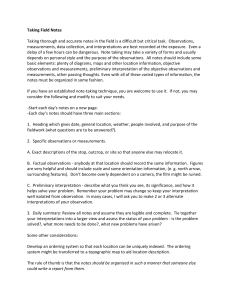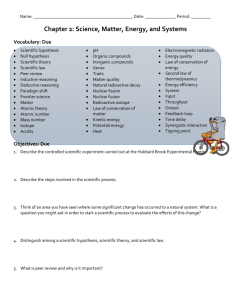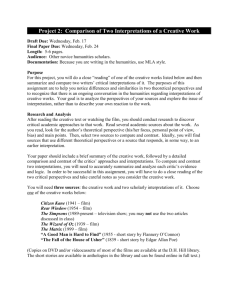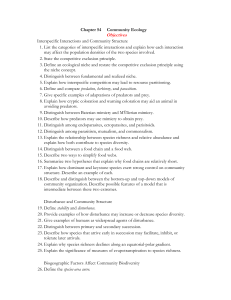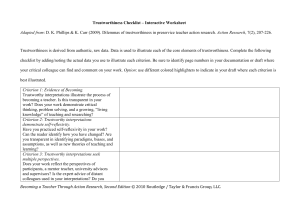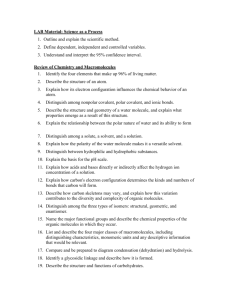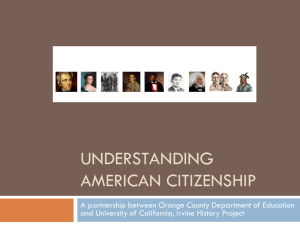History Power Standards
advertisement
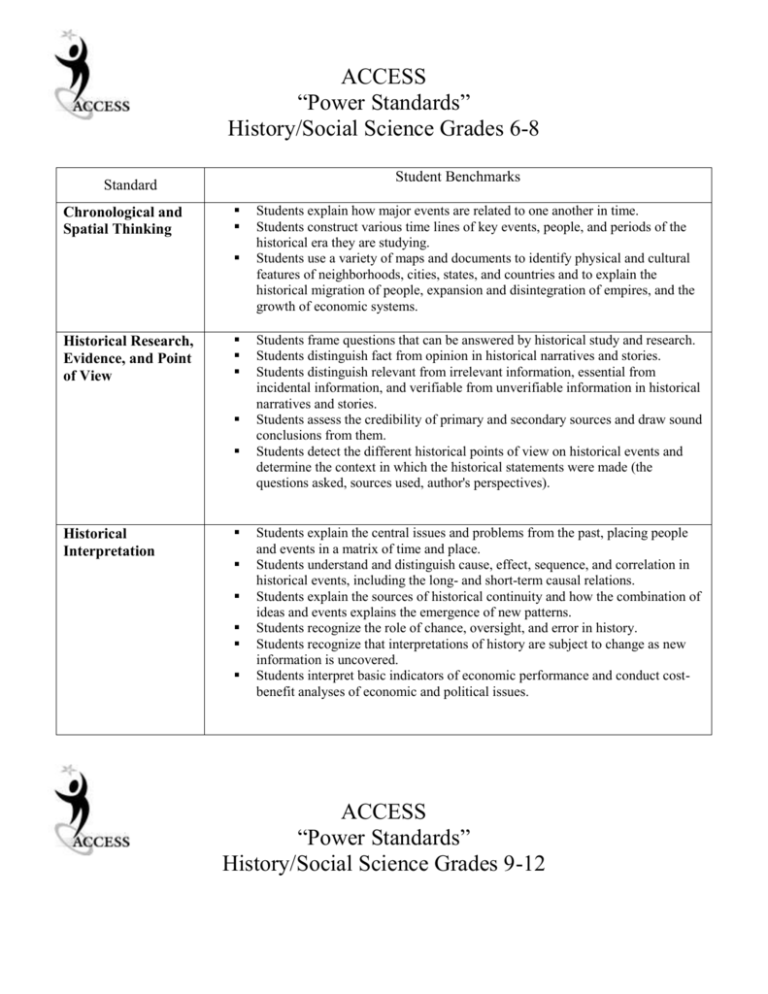
ACCESS “Power Standards” History/Social Science Grades 6-8 Student Benchmarks Standard Chronological and Spatial Thinking Historical Research, Evidence, and Point of View Historical Interpretation Students explain how major events are related to one another in time. Students construct various time lines of key events, people, and periods of the historical era they are studying. Students use a variety of maps and documents to identify physical and cultural features of neighborhoods, cities, states, and countries and to explain the historical migration of people, expansion and disintegration of empires, and the growth of economic systems. Students frame questions that can be answered by historical study and research. Students distinguish fact from opinion in historical narratives and stories. Students distinguish relevant from irrelevant information, essential from incidental information, and verifiable from unverifiable information in historical narratives and stories. Students assess the credibility of primary and secondary sources and draw sound conclusions from them. Students detect the different historical points of view on historical events and determine the context in which the historical statements were made (the questions asked, sources used, author's perspectives). Students explain the central issues and problems from the past, placing people and events in a matrix of time and place. Students understand and distinguish cause, effect, sequence, and correlation in historical events, including the long- and short-term causal relations. Students explain the sources of historical continuity and how the combination of ideas and events explains the emergence of new patterns. Students recognize the role of chance, oversight, and error in history. Students recognize that interpretations of history are subject to change as new information is uncovered. Students interpret basic indicators of economic performance and conduct costbenefit analyses of economic and political issues. ACCESS “Power Standards” History/Social Science Grades 9-12 Standard Chronological and Spatial Thinking Student Benchmarks Students compare the present with the past, evaluating the consequences of past events and decisions and determining the lessons that were learned. Students analyze how change happens at different rates at different times; understand that some aspects can change while others remain the same; and understand that change is complicated and affects not only technology and politics but also values and beliefs. Students use a variety of maps and documents to interpret human movement, including major patterns of domestic and international migration, changing environmental preferences and settlement patterns, the frictions that develop between population groups, and the diffusion of ideas, technological innovations, and goods. Historical Research, Evidence, and Point of View Students relate current events to the physical and human characteristics of places and regions. Students distinguish valid arguments from fallacious arguments in historical interpretations. Students identify bias and prejudice in historical interpretations. Students evaluate major debates among historians concerning alternative interpretations of the past, including an analysis of authors' use of evidence and the distinctions between sound generalizations and misleading oversimplifications. Historical Interpretation Students construct and test hypotheses; collect, evaluate, and employ information from multiple primary and secondary sources; and apply it in oral and written presentations. Students show the connections, causal and otherwise, between particular historical events and larger social, economic, and political trends and developments. Students recognize the complexity of historical causes and effects, including the limitations on determining cause and effect. Students interpret past events and issues within the context in which an event unfolded rather than solely in terms of present-day norms and values. Students understand the meaning, implication, and impact of historical events and recognize that events could have taken other directions. Students analyze human modifications of landscapes and examine the resulting environmental policy issues. Students conduct cost/benefit analyses and apply basic economic indicators to analyze the aggregate economic behavior of the U.S. economy.
